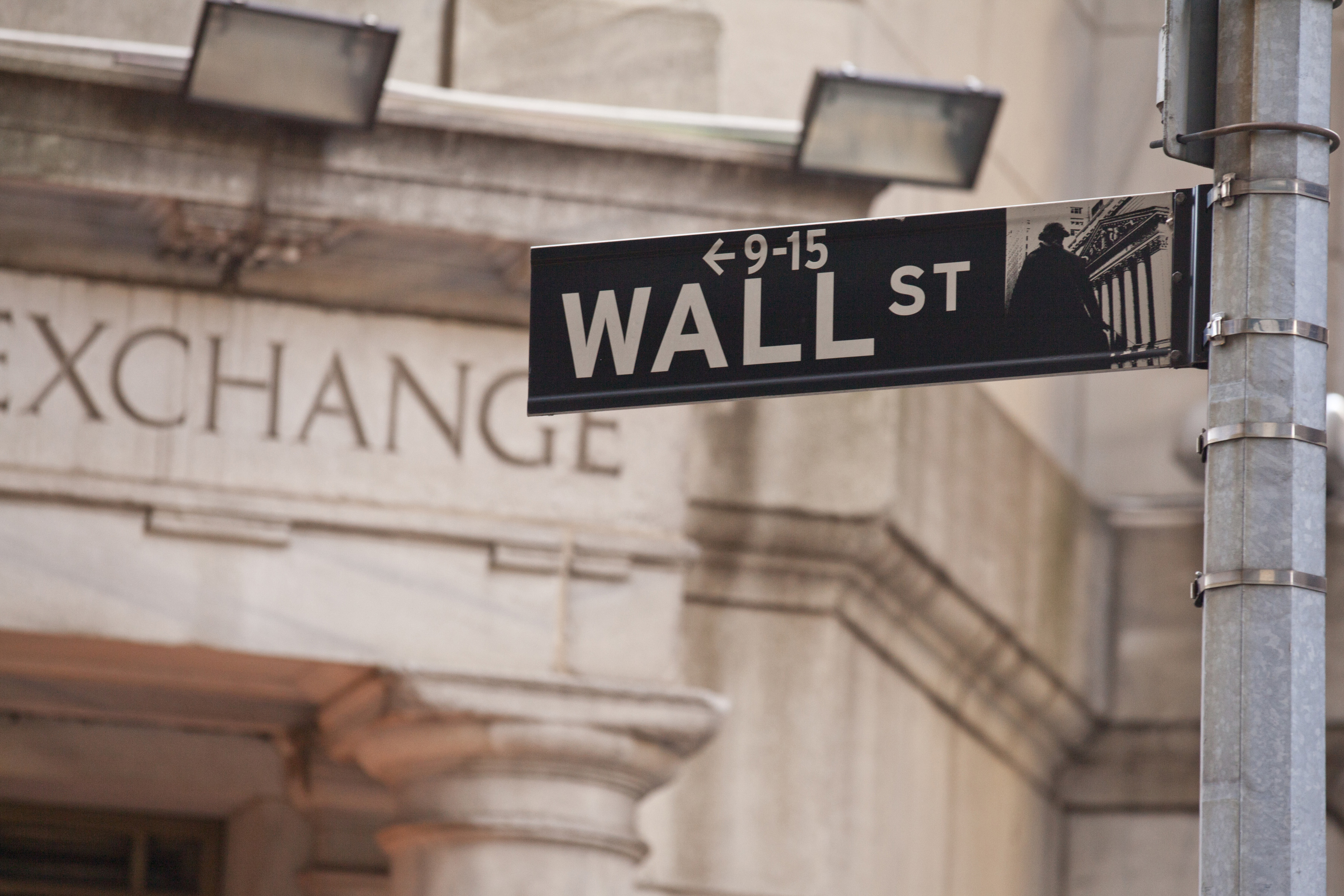
Stocks dropped today as bond yields rose, and some investors questioned whether the market had come too far too fast since the start of the year.
The S&P 500 fell 0.7% to 2853.53 today, while the Dow Jones Industrial Average dropped 177.23 points, or 0.7%, to 26,439.48. The Nasdaq Composite declined 0.5% to 7466.51. The yield on the 10-year Treasury note rose 0.034 points to 2.695%, the highest since April 2014.
Now, a 0.7% doesn’t seem like a big deal, but consider this, courtesy of Todd Market Forecast: The S&P 500 hadn’t dropped 0.6% or more in 99 days, a record. The firm notes that rising rates got the blame–that makes sense given that utilities were among the worst-performing sector today–but don’t think the market is heading for a fall just yet. “The S&P 500 remains in a daily pattern of ascending tops and bottoms,” the firm wrote. “Until that changes, we will remain in the bullish camp.”
Not everyone is so sure. Not Stifel’s Barry Bannister, who expects rising yields to cause a correction in the stock market. What would cause such a rise? Bannister sees yields rising abruptly to reflect faster growth and stronger inflation, while central banks cooperate to show the markets that they’re still independent and to “neuter potentially destructive (including to themselves) bubbles,” he writes. “Amid the Street’s bullish cacophony, investors’ FOMO (Fear of Missing Out) must reconcile with the possibility of buying in front of such a reset.”
We’ll find out in the morning.
Every Monday, we check to see if the stocks we mentioned in the weekend’s edition of Barron’s got a bounce from our articles. Sometimes it’s a direct line from out article to a higher stock price, and sometimes we just get lucky, but we do have a way of moving the market.
Case in point: Shares of Goldman Sachs (GS) rose 1.6% to $$272.48 today after Barron’s Jack Hough argued that the stock could gain 20% as the environment gets better for the types of trading it specializes in…on the cover no less. And in case you doubted it was our story, Morgan Stanley (MS) declined 0.3% to $57.45, while Bank of America advanced 0.2% to $32.28.

Vito Racanelli, meanwhile, recommended selling shares of Snap-on (SNA), arguing that “the maker of high-quality automotive tools has fueled sales by making it easier for customers to buy on credit. But this could eventually hurt profit growth.” Baird’s David Leiker and team had a different take–they raised their target price to $220 from $184 arguing “that an inflection to positive organic growth, and favorable trends in the remainder of Snap-on’s businesses” could support the stock. Still, shares of Snap-on fell 2.4% to $177.91.
In a follow-up to his Sept. 30 story of First Solar (FSLR), Avi Salzman said it’s time to take profits following the tariffs imposed on solar panels last week. “Investors should sell First Solar and pocket the 54% gain,” he wrote. Share of First Solar dropped 3.1% to $68.35 today. Avi wasn’t bearish on all solar stocks. He recommended buying Sunrun (RUN), which helps consumers install solar panels in their home. “Its scale and efficiency could negate the pain of tariffs, putting it in a position to gain,” he wrote. Its stock gained 5.2% to $6.66 today.
Oil: The Dollar Did It
Oil was weak today, while the dollar rose. Coincidence? We think not.
In a note released today, Bernstein’s Bob Brackett and team explain that the dollar and oil typically move in opposite directions, so that when one strengthens, the other weakens. But it’s not quite that simple because the percentages don’t line up. In the near term, a 0.8% move in the broad dollar index moves Brent crude, the European benchmark, by about 3%. As a result, “arguably 2/3rds of the move since November…could be explained simply by the dollar with the remainder driven by dropping inventories, outages,” Brackett says.

But the dollar’s not falling today–it’s rallying–and oil has little choice but to fall. The U.S. dollar index rose 0.3% to $89.36, while Brent crude dropped 1.5% to $69.46, WTI crude fell 0.9% to $65.56, and the Energy Select Sector SPDR ETF (XLE) fell 1.5% to $76.34.
If the dollar continues to rise, oil’s recent rally could come to an abrupt end.

